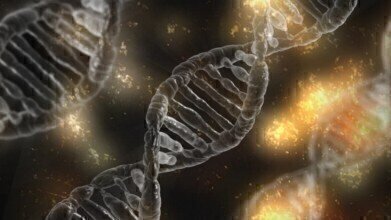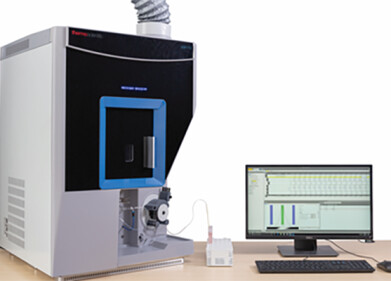Mass Spectrometry & Spectroscopy
Who Won the 2020 Nobel Prize in Chemistry?
Dec 01 2020
In recognition of their contributions to gene technology, Emmanuelle Charpentier and Jennifer A. Doudna have been awarded the 2020 Nobel Prize in Chemistry. The pair discovered what is known as the CRISPR/Cas9 genetic scissor, a cutting-edge life sciences tool that can be used to modify the DNA of animals, plants and microorganisms. Sophisticated and ultra-precise, the technology could help scientists ‘snip’ out inherited diseases, as well as develop new cancer therapy treatments.
“There is enormous power in this genetic tool, which affects us all. It has not only revolutionised basic science, but also resulted in innovative crops and will lead to ground-breaking new medical treatments,” says chair of the Nobel Committee for Chemistry, Claes Gustafsson.
From Streptococcus pyogenes to genetic scissors
The concept of the CRISPR/Cas9 genetic scissor evolved during a Streptococcus pyogenes research project led by Charpentier. The French professor was studying the species of bacteria which causes multiple infections in the human body, including scarlet fever, tonsilitis and streptococcal toxic shock syndrome. During her research Charpentier discovered a molecule called tracrRNA, a small trans-encoded RNA that neutralises viruses by disrupting their DNA.
In 2011 Charpentier teamed up with American biochemist Jennifer Doudna, with the pair successfully replicating the ‘genetic scissors’ found in tracrRNA. They then reprogrammed the scissors to allow for manipulation of any part of a DNA molecule. The findings were published in an internationally acclaimed paper, which introduced the world to the gene-editing technology known as CRISPR. The revolutionary tool is now used to develop everything from drought-resistant crops to novel cancer therapies.
“Our study reveals a family of endonucleases that use dual-RNAs for site-specific DNA cleavage and highlights the potential to exploit the system for RNA-programmable genome editing,” reads the paper.
A genome editing breakthrough
A decade later, Charpentier and Doudna have been co-awarded the 2020 Nobel Prize in Chemistry “for the development of a method for genome editing.” Moving forward, the pair hope the technology will be used to develop exciting new treatments for a myriad of diseases.
“Certainly, diseases that are caused by single genes or genetic mutations. A great example, and we’ve already seen early results from one trial, is for sickle cell disease,” says Doudna. “But I think going forward, we’ll see opportunities to use CRISPR for other kinds of blood disorders, genetic diseases of the eye, and then, maybe in the longer term, cystic fibrosis and muscular dystrophy, which are also genetic diseases.”
Find out more about the latest life sciences innovations in ‘Benchtop NMR – Bringing New Access to Technology to the Next Generation of Scientists.’
Digital Edition
Lab Asia 31.2 April 2024
April 2024
In This Edition Chromatography Articles - Approaches to troubleshooting an SPE method for the analysis of oligonucleotides (pt i) - High-precision liquid flow processes demand full fluidic c...
View all digital editions
Events
InformEx Zone at CPhl North America
May 07 2024 Pennsylvania, PA, USA
May 14 2024 Oklahoma City, OK, USA
May 15 2024 Birmingham, UK
May 21 2024 Lagos, Nigeria
May 22 2024 Basel, Switzerland







.jpg)










